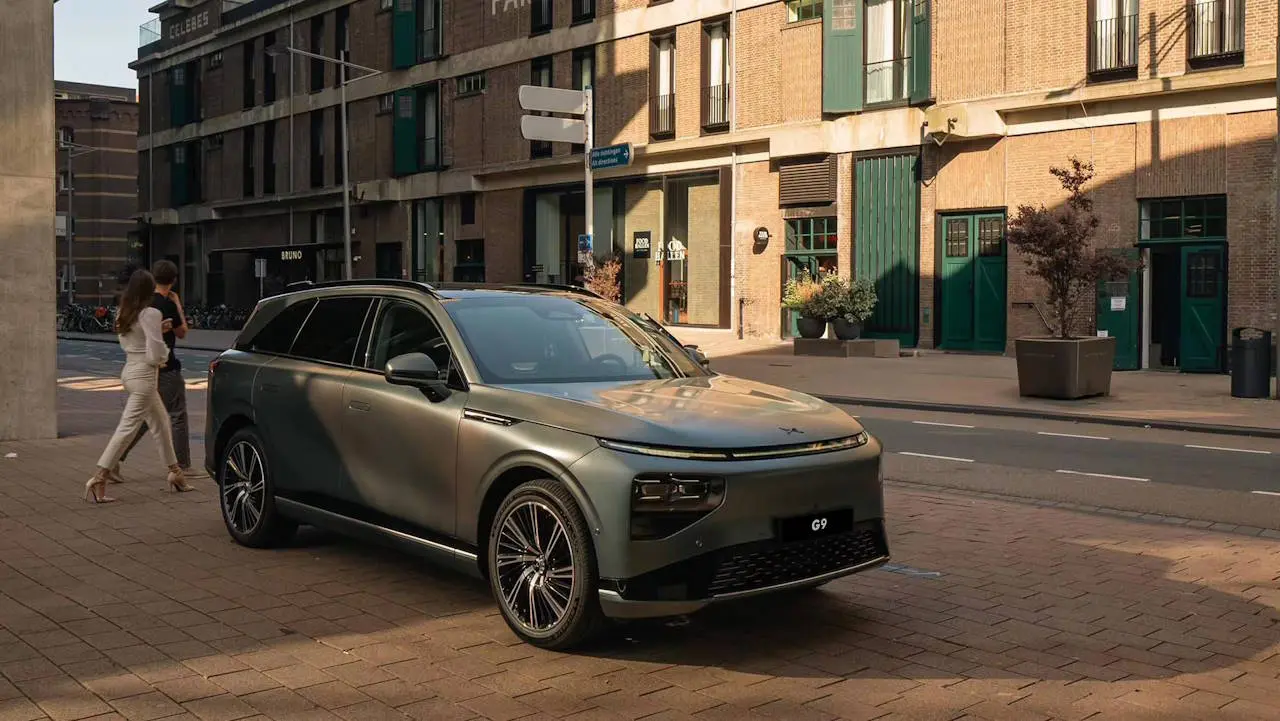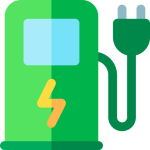
Australia appears to be moving toward a national road-user charge for electric vehicles (EVs), with a possible introduction as early as 2028. The proposal – driven by a need to replace declining fuel excise revenue – would shift part of road-funding responsibilities onto vehicles that currently avoid the 51.6-cent-per-litre fuel excise.
What’s been reported
- Federal Treasurer Jim Chalmers has held discussions with transport and infrastructure stakeholders outlining a roadmap for a distance-based charge, according to reporting in The Australian.
- The headline rationale: as battery-electric vehicle uptake grows and fuel excise receipts fall, governments need an alternative revenue stream to maintain and upgrade roads.
- The timeline being discussed targets a nationwide start during Labor’s second term – around 2028 – though no legislation or firm design has been published.
What we know (and what we don’t)
- Known: The existing fuel excise that petrol and diesel motorists pay currently contributes to road funding; BEVs do not pay that at the bowser. A road-user charge would require EVs to contribute based on kilometres travelled.
- Unclear: The structure – whether flat per-kilometre rates, tiered charges, or concessions for regional drivers – has not been finalised. Federal and state governments have discussed models, but key details remain unresolved.
- Measurement and compliance methods (odometer checks, telematics/GPS, periodic reporting or odometer-based registration checks) have been mentioned in broader policy conversations but no formal approach has been confirmed by the Commonwealth.
Equity and regional concerns
The road-user charge debate has highlighted distributional issues. Regional and outer-suburban drivers typically travel longer distances and may have limited access to public transport. Former Victorian Treasurer Tim Pallas flagged this concern in discussions: “You’ve got to be conscious of the fact that there are areas that will be disadvantaged by a purist model of road use … obviously regional people, people in outer-suburban areas without adequate access to public transport, so you have to make allowances for that,” he said, according to The Australian.
State initiatives and legal constraints
- Victoria attempted to introduce a state-based EV road-user tax in mid-2021 but abandoned it after advice that only the federal government can impose such a charge nationwide.
- NSW has flagged a road-user charge in its budget projections from 1 July 2027, but that timetable would likely depend on a national framework being available.
International context
New Zealand and California have explored similar distance-based charging models. New Zealand’s proposal and California’s trials are still at the proposal or testing phase – no jurisdiction so far has implemented a nationwide road-user charge that covers all light vehicles irrespective of powertrain. That broader model raises complex questions: if a road-user charge applied to all vehicles, how would it interact with the existing fuel excise? Would petrol or diesel owners be effectively charged twice – by kilometres and by litres?
Practical and political implications
- For EV owners: The move would end the implicit fuel-excise advantage currently enjoyed by BEV drivers and integrate them into mainstream road-funding contributions.
- For petrol/diesel owners: Depending on the final design, there is a risk of overlap between fuel excise and a distance-based charge unless excise structures are adjusted.
- Politically, the changes touch on fairness between city and regional motorists, privacy and technology concerns around telematics, and the broader transition to lower-emissions transport.
What to expect next
Officials have indicated further announcements are imminent, with more information expected as consultation progresses. Any final scheme will likely require extensive public consultation and legislative steps before implementation.
Conclusion
Australia is on the cusp of a major change to how roads are funded. A national road-user charge for EVs aims to knit all light vehicles back into a common system of contribution as fuel-excise receipts fall. While the policy’s fiscal logic is straightforward, the devil remains in the detail: measurement methods, equity for regional drivers, interactions with fuel excise, and whether the scheme will extend to all light vehicles are unresolved. A clear, consultative policy process will be essential if Canberra is to balance revenue needs with fairness and public acceptance.
FAQs
Q: When could a road-user charge take effect?
A: Reports suggest a possible national rollout around 2028, but timing depends on policy design, legislation and intergovernmental agreement. States have signalled differing timetables contingent on a national framework.
Q: Who would pay the charge?
A: The initial focus is on battery-electric vehicles and plug-in hybrids that avoid fuel excise. Whether the charge will be applied to all light vehicles regardless of powertrain has not been decided.
Q: Will petrol and diesel owners be charged twice?
A: That is a potential outcome if a road-user charge is layered on top of the current fuel excise. Policymakers will need to address how the two mechanisms interact to avoid double-charging.
Q: How would kilometres be measured?
A: Several options are under discussion – odometer-based checks, telematics or GPS-based reporting, and periodic declarations. No final measurement method has been announced.
Q: Will regional drivers face higher costs?
A: Regional drivers typically travel further, which could raise their bill under a pure per-kilometre model. Officials and stakeholders have flagged the need for allowances or concessions to protect regional households, but specifics are not yet available.
Q: Where can I get updates?
A: Watch announcements from the Federal Treasury, Department of Infrastructure and state transport departments. Industry publications and specialist outlets covering EV policy will also track developments.
About EV Evolution
EV Evolution is the leading online platform dedicated to Australian electric vehicle owners and enthusiasts. We foster a vibrant community, delivering essential EV news and insights, and enhancing user engagement through our innovative, AI-powered chatbot for dynamic discussions. Our mission is to empower Australian electric vehicle owners and enthusiasts by fostering a vibrant, AI-driven online community that connects, informs, and advances the nation’s electric vehicle landscape:




